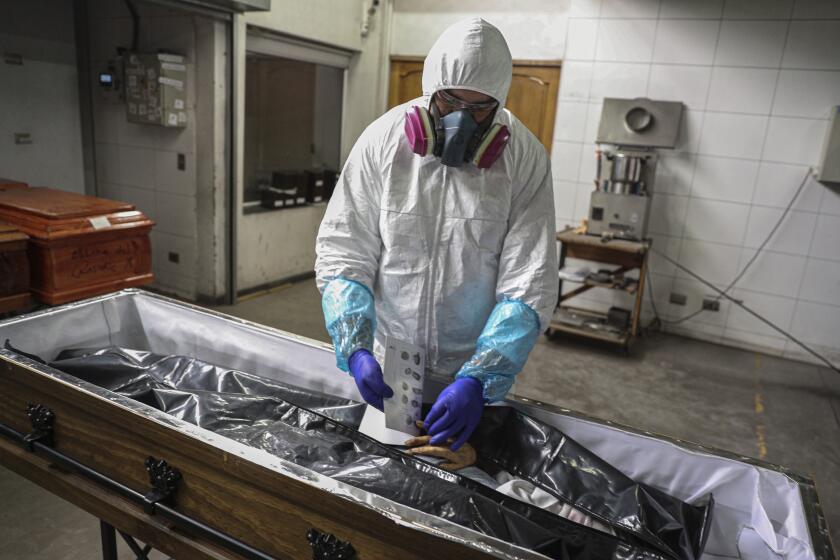HEALTH HORIZONS : FITNESS : Surviving a Marathon
In many ways, a marathon is about survival.
The average human body, when trained, can run about 20 miles before running out of fuel. Fuel comes from carbohydrates that are stored in the muscles as glycogen. As the muscles work, the body burns glycogen, creating lactic acid as a waste product. As glycogen is used up and lactic acid begins to accumulate in the muscles, the muscles become less efficient. The body begins to burn fat for fuel.
Some may find this a desirable side effect, but it doesn’t feel good while it’s happening. Fatigue sets in. So does pain. And it becomes harder and harder for the legs to pump.
This is what is known as “hitting the wall.”
Mastery of the marathon involves finding ways to push through the 20-mile wall and keep on going. Runners joke that the marathon is composed of two halves: the first 20 miles and the last 10 kilometers.
There is no question that mental strength is a major factor. The human body can endure a great deal, particularly when the brain is sending it messages that it can. Sheer mental will--the ability to dig down into your reserves and find something extra--has pulled many a weary marathoner to the finish line.
But concentration is not enough. Physical endurance is equally important, and that is where training comes in.
Marathon coach Bob Sevene says the marathon is an event for “goal-oriented” people. “You can’t just wake up on a Saturday morning and decide to run one the next day; you have to plan and train for it.”
No one has found a universal training formula. But everyone agrees that the centerpiece of any program is the long run. Or rather, it is a series of long runs, typically one every week or every other week for about 10 weeks, building to at least four runs of at least 20 miles. (These are discontinued at least two weeks before the marathon.) These are in addition to daily runs of shorter distances the rest of the time.
Elite runners--and serious amateurs--often add other workouts, including repeated hard runs of one mile with rest jogging in between the repeats to enhance speed, or hill repetitions to build strength.
Typically, the last two weeks before a marathon are for resting, with mileage considerably tapered. A few believe that too many long runs at any point in training can tear the body down. Rosa Mota, the Portuguese runner who won the 1988 Olympic marathon (and placed third in 1984), finds long runs tedious and tiring and never runs more than 12 miles. But she is the exception; few runners could successfully complete a marathon on 12-mile training runs.
Others, such as Jeff Galloway, an alternate on the 1972 U.S. Olympic marathon team, are convinced that 20-mile runs are not long enough. Galloway believes that the key to marathoning is to train to at least 26 miles--longer if possible. He recommends a long run every other weekend building to beyond 26 miles with speed workouts on the alternating weekends.
“The body is only going to do what it has been trained to do,” he says. “If you’ve run only 20 or 22 miles in training, then that is where you are going to hit the wall. The closer you get to 26, the more you’re going to be ready for the marathon. If you go beyond 26, then you will have something in reserve.”
Galloway emphasizes, however, that such long runs must be executed at an extremely slow pace, much slower than usual training. For example, if you run your typical daily runs at an eight-minute-mile pace, he suggests that you run your very long runs at a nine or ten -minute-mile pace. That, he says, will enable the body to build up endurance gradually without chancing injury or fatigue.
Galloway insists that even novice runners can finish a marathon if they follow this principle. He cites with pride the example of the L.A. Leggers, 250 Southern Californians who followed a six-month training program under his guidance for the 1990 Los Angeles Marathon. Nearly half of them had never run before in their lives, he says. The Leggers ran three miles every other day, while gradually increasing their long weekend runs to 26 miles. All but one finished the race.



